Recipe: easy-to-make cultured butter
***Rachel Khoo would like to thank all the inspiring people who helped make the Khoollect studio a hive of creativity. Although the Khoollect studio’s doors have now closed, you can keep up with Rachel’s newest adventures on RachelKhoo.com and on Rachel’s Instagram and Facebook pages – and, continue to enjoy the Khoollect website’s stories and recipes, which will remain available.***
There’s no doubt that butter makes everything better. It’s something most of us use on a daily basis, and despite it being a super easy ingredient to prepare, next to none of us make our own. Pepe Saya is an Australian company that prides itself on making dairy products the old fashioned way. Here’s their recipe for making your own cultured butter at home.
Tips:
- Recipe makes around 500g
- The ageing process helps to grow lactobacillus and essentially bring down the PH level of the pouring cream. That’s what produces a sophisticated flavour profile.
Cultured butter
Age the cream in the refrigerator until it starts to smell like it’s starting to go off (about a week).
Transfer the cream to a large bowl and place it over a large saucepan of simmering water. Stir occasionally until the cream warms evenly to 37.5°. You can also use the ‘pinkie test’ to get the right temperature: dip your little finger in the cream and count to 10. If you can stand the temperature until the count of 10, you’ve hit the sweet spot.
Combine crème fraîche with 125ml (½ cup) warmed cream in a separate bowl, then add back to the large bowl of cream and stir thoroughly.
Transfer to a saucepan with a tight-fitting lid, cover and wrap in a heavy wool blanket. Place in the warmest part of the house to inoculate for at least 20 hours.
Unwrap the saucepan. The butter should resemble custard. Place in the fridge and leave to age for anywhere from two days to up to three weeks. The longer you leave it, the more pronounced and ‘cheesy’ the flavour will be.
Once your mixture is sufficiently aged, whisk it on high speed using an electric mixer for 4-5 minutes, or until the cream splits. Reduce the speed to low and beat until the butter resembles popcorn, and the buttermilk splits out.
Strain through a colander. Reserve the buttermilk for baking or marinating meat (it will keep for up to two weeks in the fridge). Place the colander in the sink or over a large bowl and rinse the butter with well-chilled water, until the water runs clear. Shake occasionally. Make sure you don’t touch the butter with your hands. You will end up with about 500g of butter.
Work the butter in a squeezing motion with your hands to remove excess water, until it has the consistency of play dough. Push the butter into a ring mould lined with greaseproof paper. Fold the paper to enclose and remove the ring. Chill and then use.
Age the cream in the refrigerator until it starts to smell like it’s starting to go off (about a week).
Transfer the cream to a large bowl and place it over a large saucepan of simmering water. Stir occasionally until the cream warms evenly to 37.5°. You can also use the ‘pinkie test’ to get the right temperature: dip your little finger in the cream and count to 10. If you can stand the temperature until the count of 10, you’ve hit the sweet spot.
Combine crème fraîche with 125ml (½ cup) warmed cream in a separate bowl, then add back to the large bowl of cream and stir thoroughly.
Transfer to a saucepan with a tight-fitting lid, cover and wrap in a heavy wool blanket. Place in the warmest part of the house to inoculate for at least 20 hours.
Unwrap the saucepan. The butter should resemble custard. Place in the fridge and leave to age for anywhere from two days to up to three weeks. The longer you leave it, the more pronounced and ‘cheesy’ the flavour will be.
Once your mixture is sufficiently aged, whisk it on high speed using an electric mixer for 4-5 minutes, or until the cream splits. Reduce the speed to low and beat until the butter resembles popcorn, and the buttermilk splits out.
Strain through a colander. Reserve the buttermilk for baking or marinating meat (it will keep for up to two weeks in the fridge). Place the colander in the sink or over a large bowl and rinse the butter with well-chilled water, until the water runs clear. Shake occasionally. Make sure you don’t touch the butter with your hands. You will end up with about 500g of butter.
Work the butter in a squeezing motion with your hands to remove excess water, until it has the consistency of play dough. Push the butter into a ring mould lined with greaseproof paper. Fold the paper to enclose and remove the ring. Chill and then use.
There’s no doubt that butter makes everything better. It’s something most of us use on a daily basis, and despite it being a super easy ingredient to prepare, next to none of us make our own. Pepe Saya is an Australian company that prides itself on making dairy products the old fashioned way. Here’s their recipe for making your own cultured butter at home.
Tips:
- Recipe makes around 500g
- The ageing process helps to grow lactobacillus and essentially bring down the PH level of the pouring cream. That’s what produces a sophisticated flavour profile.
Cultured butter
Age the cream in the refrigerator until it starts to smell like it’s starting to go off (about a week).
Transfer the cream to a large bowl and place it over a large saucepan of simmering water. Stir occasionally until the cream warms evenly to 37.5°. You can also use the ‘pinkie test’ to get the right temperature: dip your little finger in the cream and count to 10. If you can stand the temperature until the count of 10, you’ve hit the sweet spot.
Combine crème fraîche with 125ml (½ cup) warmed cream in a separate bowl, then add back to the large bowl of cream and stir thoroughly.
Transfer to a saucepan with a tight-fitting lid, cover and wrap in a heavy wool blanket. Place in the warmest part of the house to inoculate for at least 20 hours.
Unwrap the saucepan. The butter should resemble custard. Place in the fridge and leave to age for anywhere from two days to up to three weeks. The longer you leave it, the more pronounced and ‘cheesy’ the flavour will be.
Once your mixture is sufficiently aged, whisk it on high speed using an electric mixer for 4-5 minutes, or until the cream splits. Reduce the speed to low and beat until the butter resembles popcorn, and the buttermilk splits out.
Strain through a colander. Reserve the buttermilk for baking or marinating meat (it will keep for up to two weeks in the fridge). Place the colander in the sink or over a large bowl and rinse the butter with well-chilled water, until the water runs clear. Shake occasionally. Make sure you don’t touch the butter with your hands. You will end up with about 500g of butter.
Work the butter in a squeezing motion with your hands to remove excess water, until it has the consistency of play dough. Push the butter into a ring mould lined with greaseproof paper. Fold the paper to enclose and remove the ring. Chill and then use.







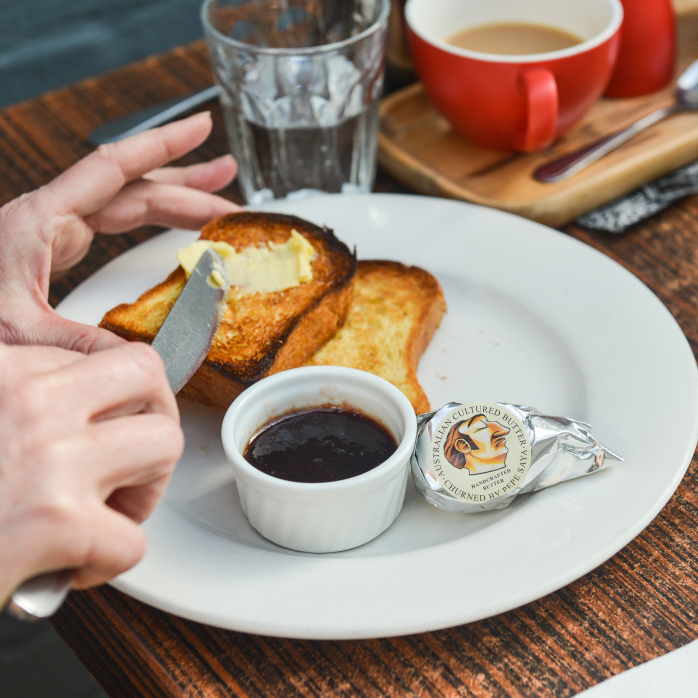
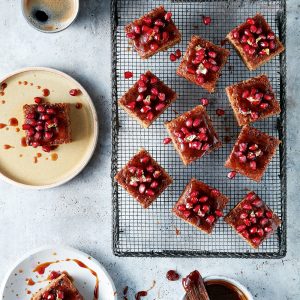
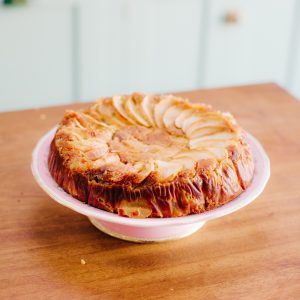
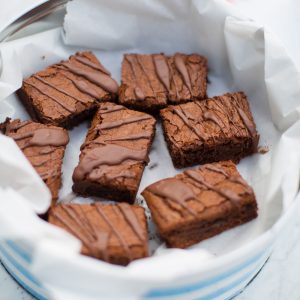
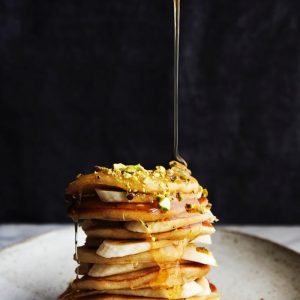
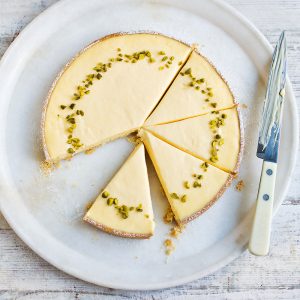
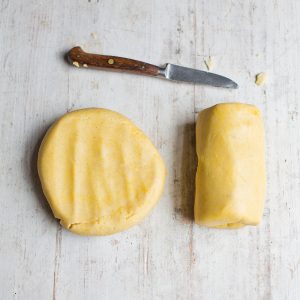

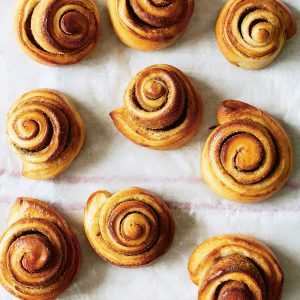
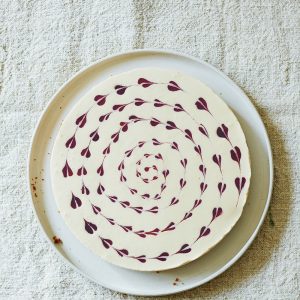
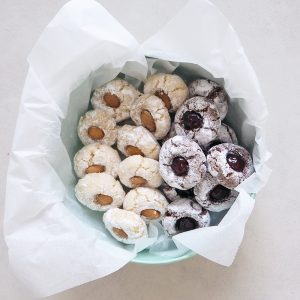
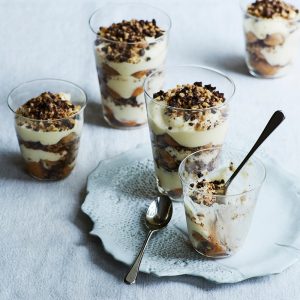
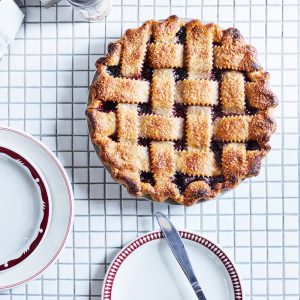
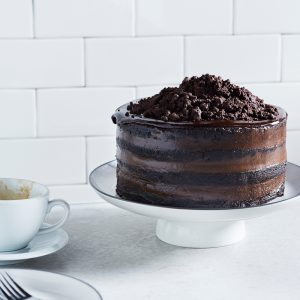
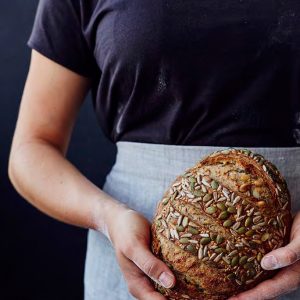
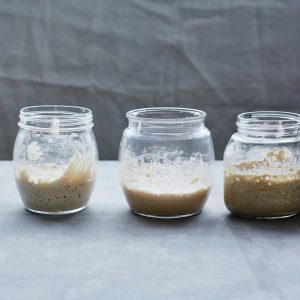
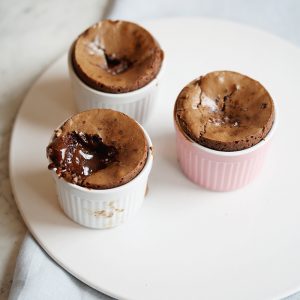
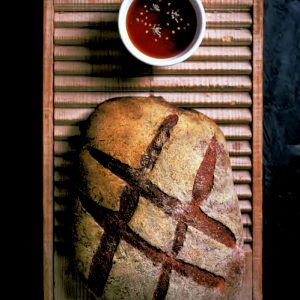
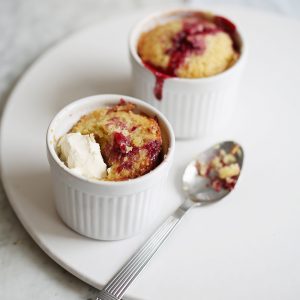
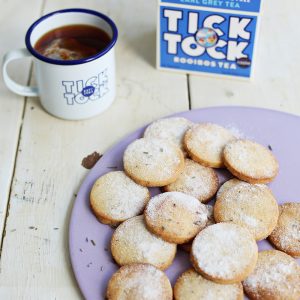
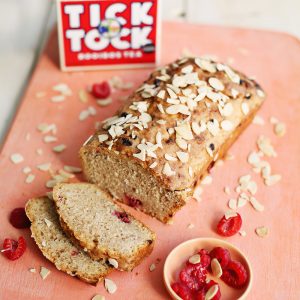
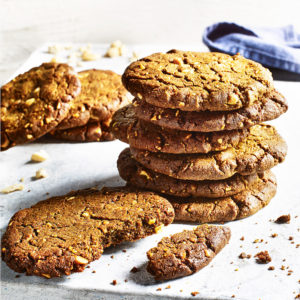

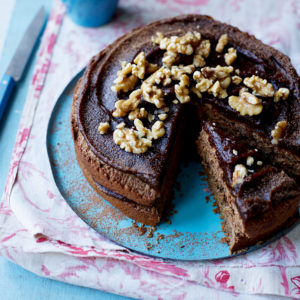
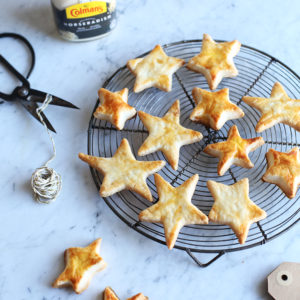
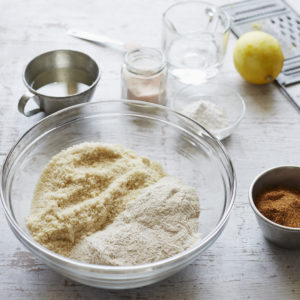

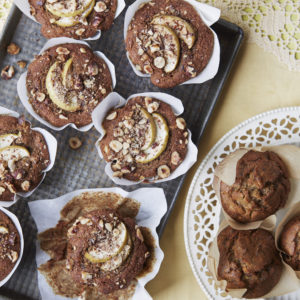
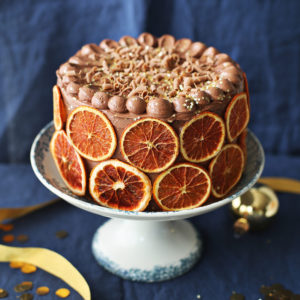
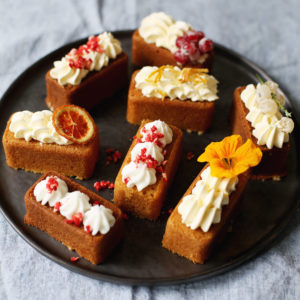
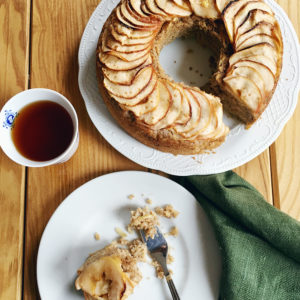
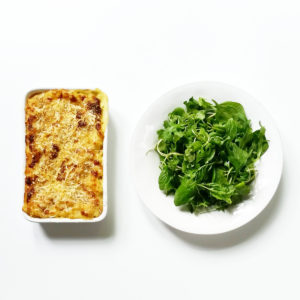
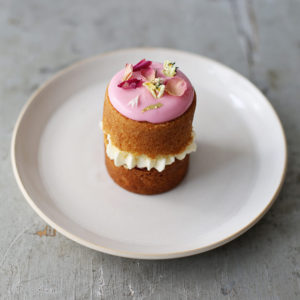
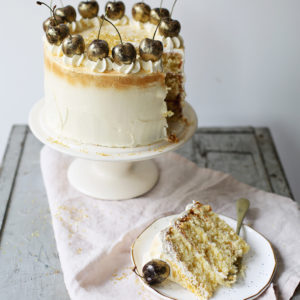
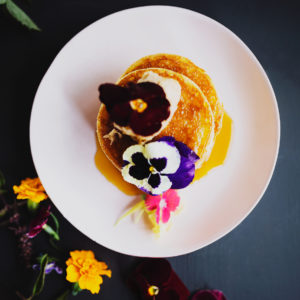



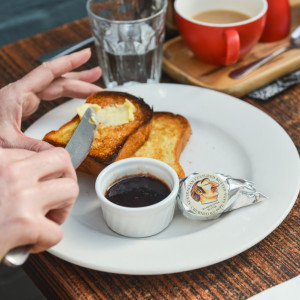
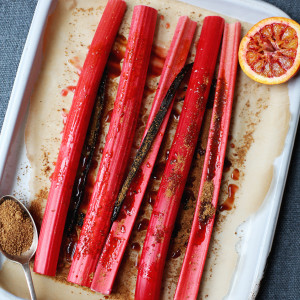
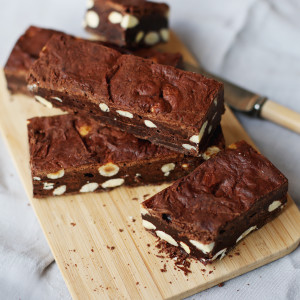

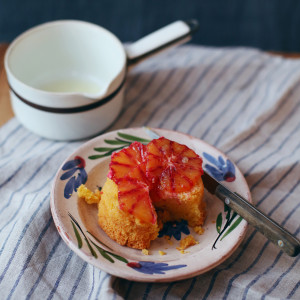
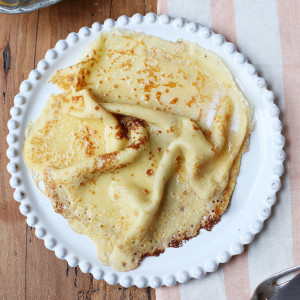
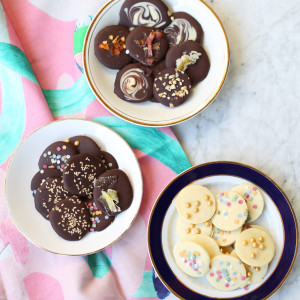
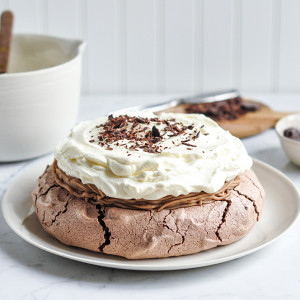
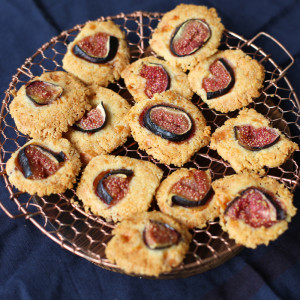
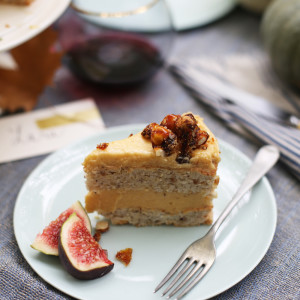

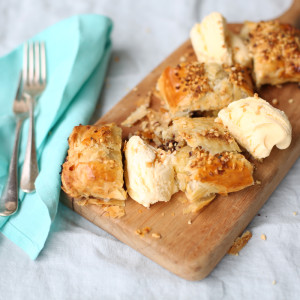
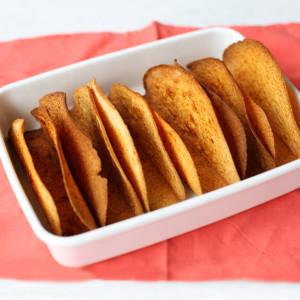
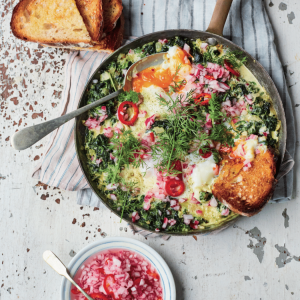
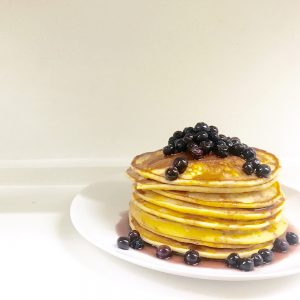
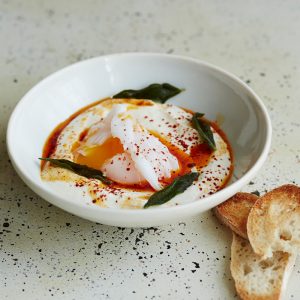

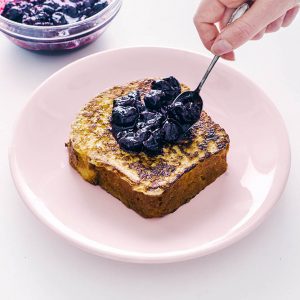
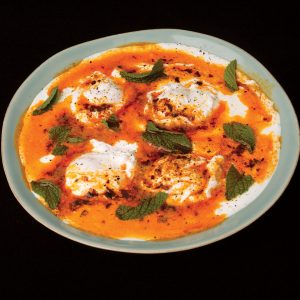
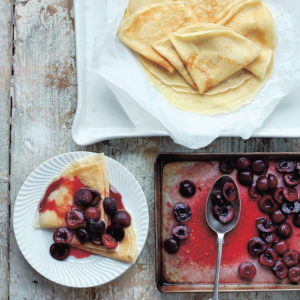
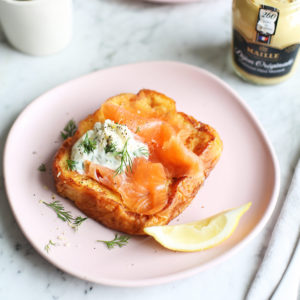
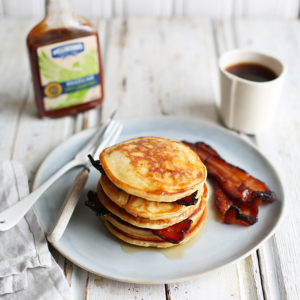
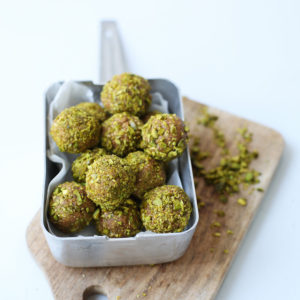
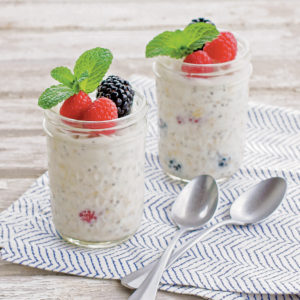
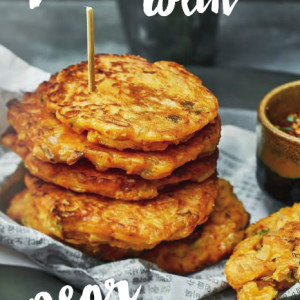
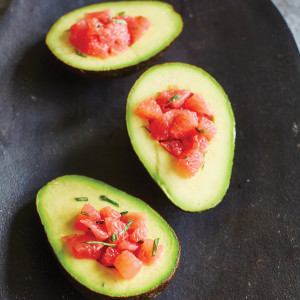
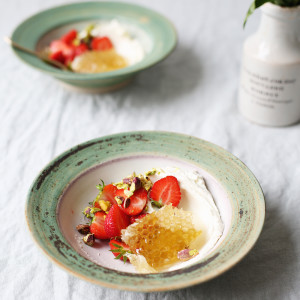
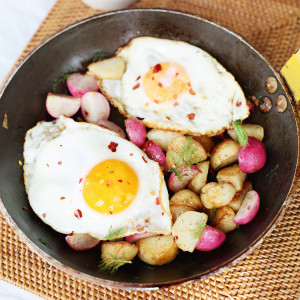
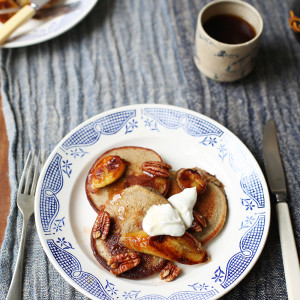
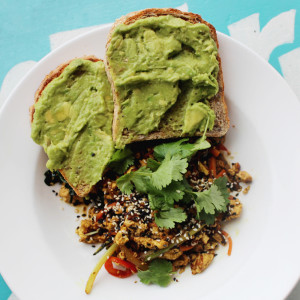
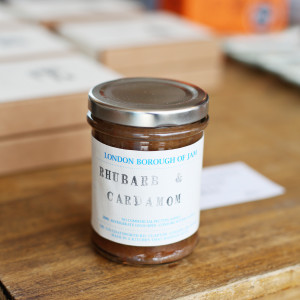
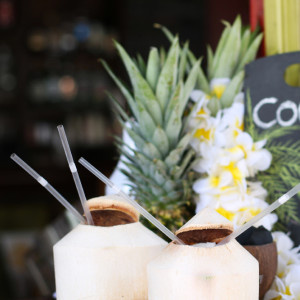
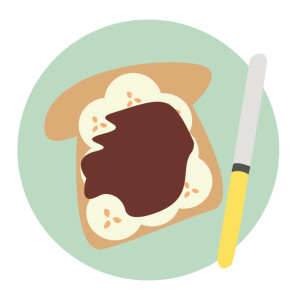
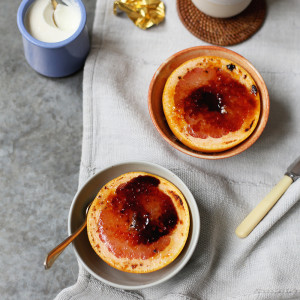
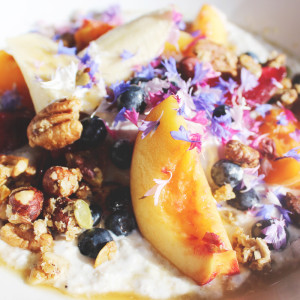
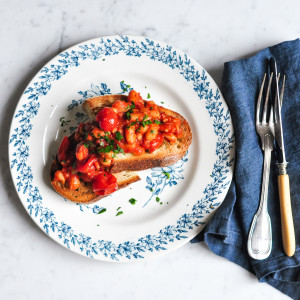

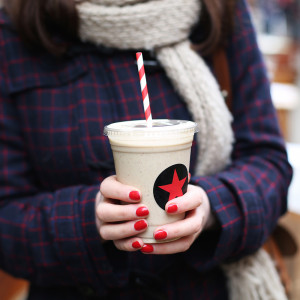
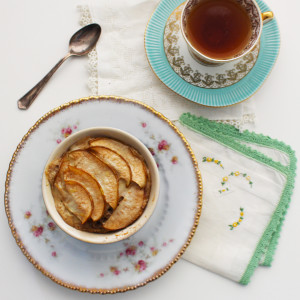
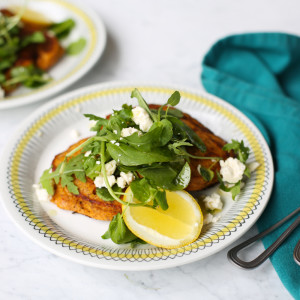
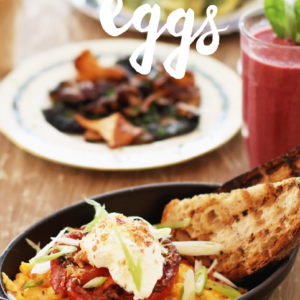
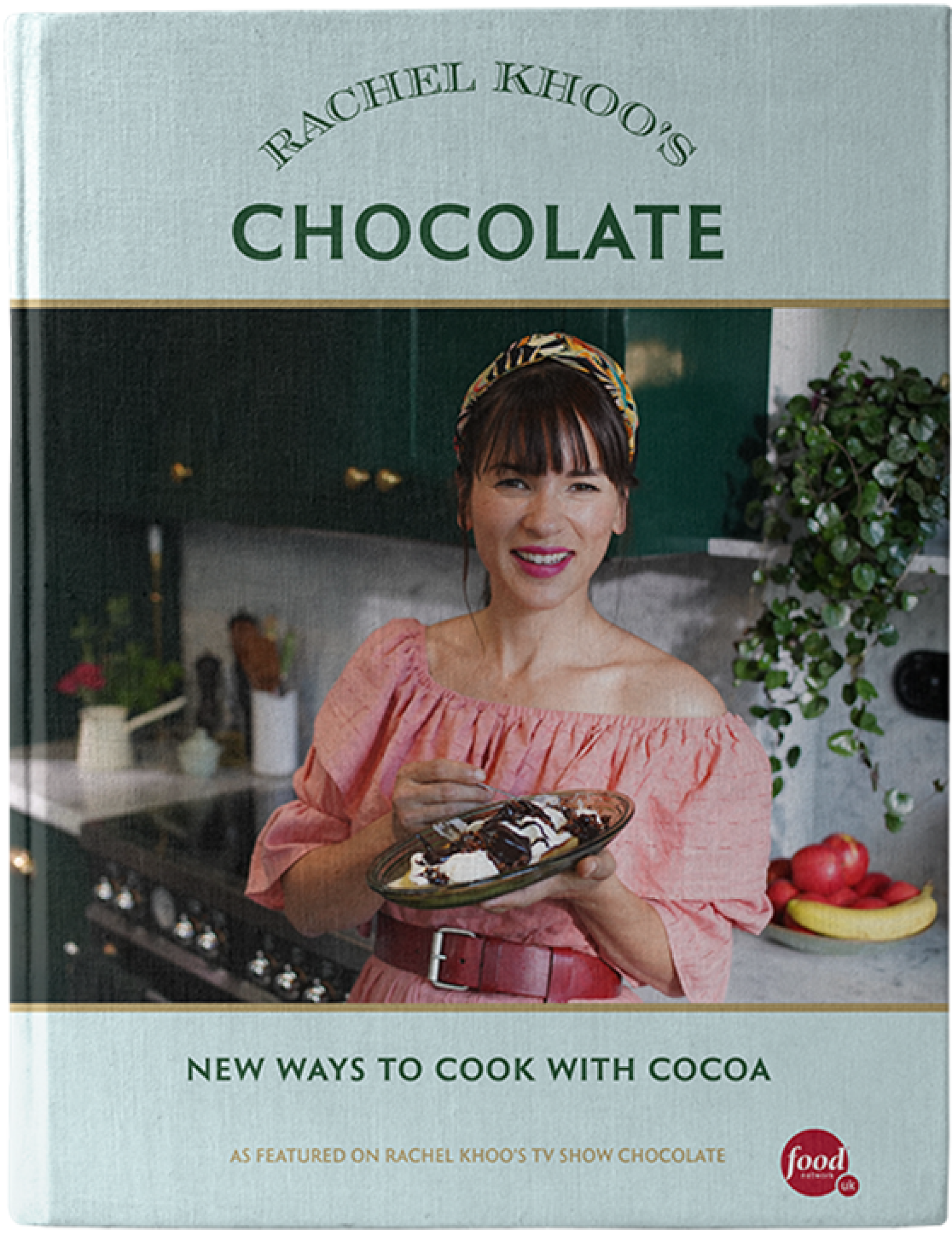
You must be logged in to post a comment.
No Comments »
RSS feed for comments on this post. TrackBack URL